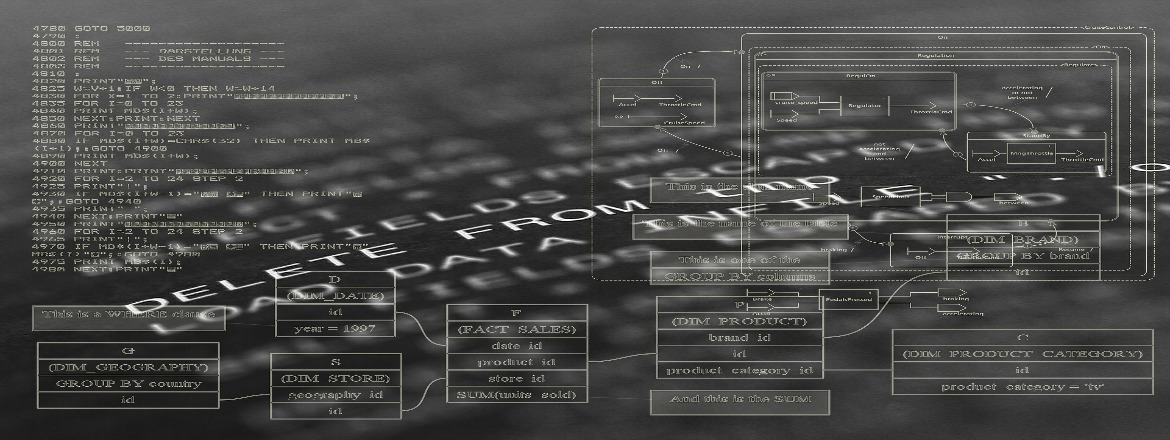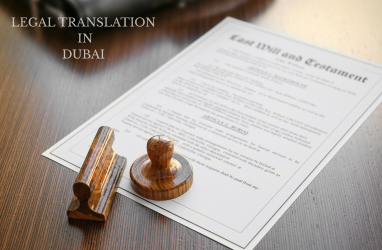Protecting Algorithms that Enhance Business
As a result of expanding digital trade and e-commerce, more areas of the economy are being digitized. As such, algorithms have become the backbone of breakthroughs in artificial intelligence and computer science. New opportunities bring new challenges. New advancements make it difficult for IP law to keep abreast. This results in blanket IP laws that keep revealing built-in loopholes. The Bernstein and Junger court cases even suggest that algorithms are a form of speech.
Copyrights held up well when actual lines of code were the basis of algorithms. Nowadays algorithms can be built by clicking icons or using drag and drop features. Individuality has been taken out of the writing of the source code.
Patent law proves troublesome since patents reward the first winner to cross the finish line. Nowadays algorithms can be written without any human involvement, using self-learning artificial intelligence. If no one is directly involved in creating the algorithm then ownership becomes debatable and it is not clear who should be credited as the creator. To complicate things further, patent law protecting software often stipulates the disclosure of algorithms contained therein. While failing to adequately protect against copycats directly copying the source code or recreating it.
Conclusion
Presently, algorithms do not neatly fit into any existing intellectual property category. As such, to adequately protect these vital business assets creators must employ a proactive approach that utilizes multiple available resources and categories. For instance, businesses using algorithms can issue non-disclosure agreements, and confidentiality letters stipulating that employees, partners, and subcontractors may not share any breakthroughs birthed during business hours, using business resources. Rather than filing a patent, the business should take the trade secret route.
Trade secrets are confidential business information from which the business derives its competitive advantages. A trade secret is something that takes time and resources to develop, is critical to the business, and cannot be reverse-engineered. Algorithms are generally hard to reverse engineer without their source code. The algorithmic trade secret is viable as demonstrated by Coca-Cola and its secret formula, Merchandise 7x.
If you would like to learn more about algorithm protection or intellectual property protection, please contact us at [email protected].
Frequently Asked Questions
What is an algorithm?
An algorithm is a set of rules used to solve a problem or complete a specific task, widely employed in digital and computer devices for tasks ranging from high-frequency trading to artificial intelligence.
How do algorithms contribute to business decision-making?
Algorithms, like SWOT analysis, form the basis for digital tools. They assist in making complex business decisions, utilizing historical data and predictive analysis.
Why are algorithms considered valuable business assets?
Algorithms are valuable due to their predictive and decision-making capabilities. They appreciate over time, providing a competitive advantage, and hence warrant protection.
Why is intellectual property protection important for algorithms?
Intellectual property protection, such as patents and copyrights, is crucial to safeguard the investment of time and effort in developing algorithms, providing a financial incentive for innovation.
How have advancements in technology posed challenges to algorithm protection?
The rise of self-learning artificial intelligence and codeless algorithm creation challenges traditional patent and copyright laws, making ownership and protection more complex.
How can businesses protect algorithms that enhance their operations?
Businesses can use non-disclosure agreements and confidentiality letters to restrict the sharing of breakthroughs related to algorithms. Opting for the trade secret route is also a viable option.
Do algorithms fit neatly into existing intellectual property categories?
Presently, algorithms do not neatly fit into existing intellectual property categories, requiring a proactive approach that involves utilizing multiple resources and considering trade secret protection.
How can businesses address the issue of algorithm ownership in patent law?
With the involvement of self-learning AI and codeless creation, businesses face challenges in determining ownership. Utilizing trade secrets and confidentiality agreements becomes crucial in this scenario.
What makes intellectual property protection worthwhile for creators and inventors?
Intellectual property protection serves as a form of security for creators, ensuring that their investment in time, effort, and money is rewarded with a financial return for their innovative efforts.
How can businesses balance algorithmic innovation and protection?
Businesses can balance innovation and protection by employing a proactive approach, utilizing trade secrets, confidentiality agreements, and adapting to the evolving landscape of intellectual property laws.





